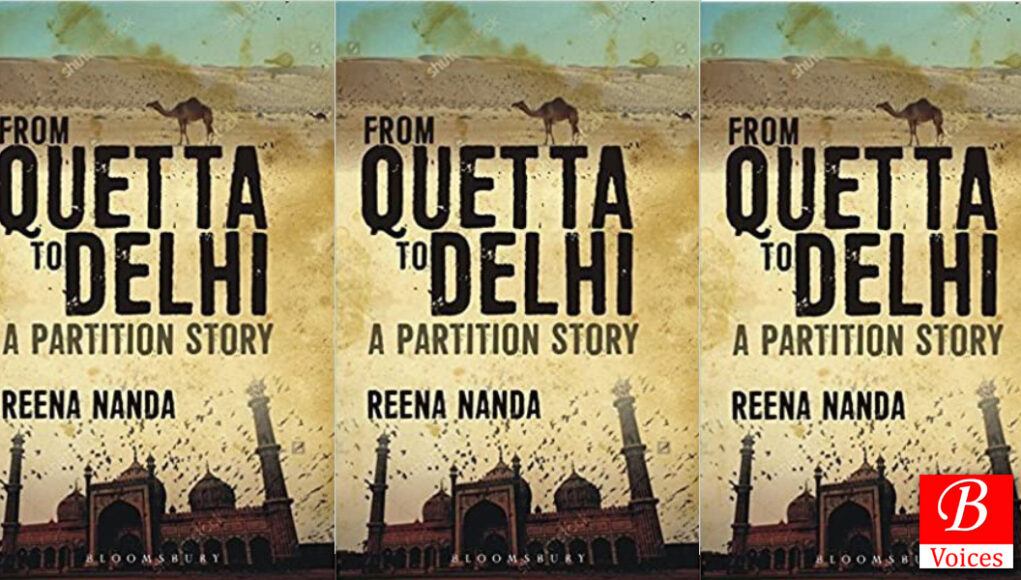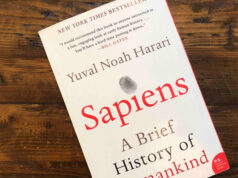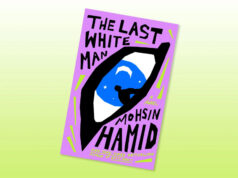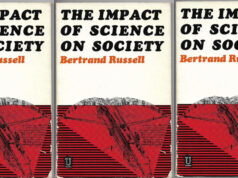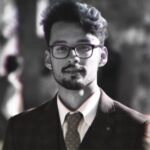 Maiwand Bazai
Maiwand Bazai
The book ‘From Quetta to Delhi: A partition story’ is a personal memoir written by Reena Nanda. It was published in 2018; this book is another hostile account of the saga of partition and it also sheds light on the pre-partition era. Reena chronologically narrated the emotional story of her mother Mrs.cShakunt Nanda nee Malik and her family. In short, this book is a biography of the author’s mother (Shakunt).
Nanda starts with a short descriptive note about Balochistan’s history, geography, politics, and socio-cultural concerns. In a pre-partition era, people from different religions, creeds, and caste living together in harmony. She discussed the element of pluralism in terms of religion, society, and culture. In other words, that Hindus, Sikhs, and Christians living alongside Balochs and Pathans particularly in Quetta with no fanatic fears. The Hindus and Sikhs had businesses in Quetta and according to the author that elite Pathans were jealous of the businesses of Hindus.
Moreover, this book contains six chapters, each chapter deals with the life and events of the Shakunt family. Chapter one is all about exile. In 1947, where hundreds of thousands settled Hindus and Sikhs in Quetta leaving their properties and fortunes to escape from the hostilities of extremist goons. This was happening from both sides of the border. However, Nanda explained the scenario in her book; that amid of 1947 chaos bands of extremists were proceeding to Shakunt house holding petrol cans in their hands and chanting “Allah O Akbar, Kafiron ko Nikalo!” (God is great, turn out the infidels). The family of Sawan Mal was hidden and frightened in the end the neighbors of Shakunt, Noor Ahmed Khan saved her family from that mob.
Apart from this, the failure of both governments (Pakistan and India) and their poor management during partition, cost more than one million lives. Furthermore, she estimated that around 5 Million non-Muslims migrated from Pakistan to India. Whereas 6 million Muslims moved from India to Pakistan and 40 million Muslims remained in India.
In the second chapter, the author narrated the journey of Sawan Mal’s (Nanda’s grandfather) family’s first migration from Jhang to Quetta. Moreover, the diversity of local cultures and life wherever Shakunt family resided. However, the third chapter is about the life of Shakunt growing up in Quetta and the ups and downs of the family from 1919 to 1935.
Subsequently, Shakunt’s family faced acute trauma first, in 1935 earthquake occurred in Quetta which shook the entire city. Second, the tragedy of partition and permanent exile to Delhi in 1947. Chapter four deals with the chaos and destruction of the earthquake in 1935 which forced the family of Sawan Mal to move temporarily to Jhang.
Furthermore, chapter five revolves around Shakunt’s education and hostel life in Lahore. Nanda’s book is not all about the partition, it also put a detailed account of local rituals, languages, religious practices, foods, clothes, and harmony among the neighbors. In the last chapter of the book, Shakunt’s family forcedly moved to Delhi in 1947. Besides this when they were leaving Quetta her mother look down through the window of the airplane and uttered the emotional words; “Hai mera Kota. Hai, Kota chala gaya” (Oh, my Quetta. Oh, my Quetta is gone). Shakunt and her family’s strong emotional bond with their motherland is one example of millions of families which was affected by the partition of India.
However, the partition of India was not only about the mass migration and the switching from one geographical feature to another. But it is about the partition of emotional attachment to one’s own territory or motherland, where they were born and lived there. Similarly, this nonfictional text is about the author’s family sufferings and their emotional attachment to their soil. On the other hand, it also covers the diversity of South Asia.
The writer is a Research Assistant and Freelance Writer.
Disclaimer: Views expressed in this article are those of the author and Balochistan Voices not necessarily agrees with them.
Share your comments!


